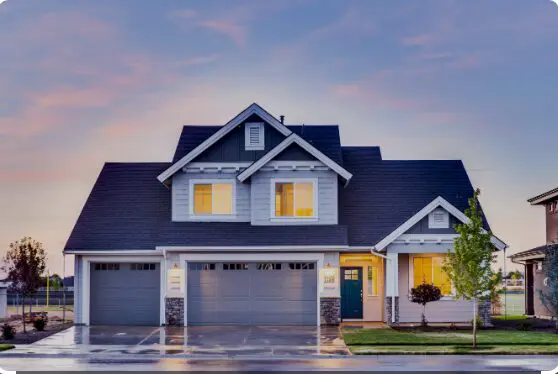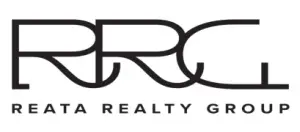
Housing Options
Do current living situations match the needs for care, involvement of caregivers, affordable, able to care of.
ACCESSORY UNITS
Living spaces added to a single-family home are called by different names— granny flat, mother-in-law flat, or accessory unit—in different parts of the country. The units can be apartments within a home, flats over a garage, freestanding structures, or add-ons with a separate entrance. They are usually site-built and attached to the main home and remain functional after the elder occupant is no longer living or has moved to a care facility .
A legal second unit usually requires a separate entrance, bathroom, bedroom, and cooking facility. The first step in planning for an accessory unit is to check whether second units are legal within the jurisdiction. A zoning variance may be required.
A parent might use some of the proceeds from the sale of a home to pay for the construction. A home equity loan is another method of financing the construction. The addition of another living unit usually enhances the value of the main home.
ELDER COTTAGE HOUSING OPPORTUNITY
The term elder cottage housing opportunity (ECHO), originating in Australia, refers to a mobile or modular home placed on the single-family lot. When no longer needed, the ECHO unit is moved to another location and rented to another family. Before making arrangements for stationing an ECHO unit on a property, area zoning regulations should be checked. Placement of ECHO units encounters fewer obstacles in rural locations. In addition to zoning, ECHO unit issues involve electrical, water, and waste disposal hookups and removing the unit from the property when no longer needed.
SENIORS APARTMENTS
According to U.S. Census data, about one in five seniors are renters, either always renters or former homeowners who sold their properties to become renters.
Reasons for becoming renters include circumstances such as:
- Divorce(dividing equity)
- Financial inability to pay mortgage,taxes,insurance,upkeep
- Relocation closer to family and grandchildren (younger families often move for
- job-related reasons)
- Ability to free up equity for investment income
- Freedom from home and garden maintenance
- Freedom to travel
Seniors-only apartments suit those who can take care of themselves, are relatively healthy, have sufficient funds to buy or rent the apartment, and want to maintain independence and privacy. They offer social opportunities, comfort, safety, and security, but no medical or custodial care. As noted earlier, some apartment buildings become de facto senior housing by virtue of the age of the residents. The apartments, rental or condo, are usually small and easy to maintain. The design may include assistive features such as shower seats, handrails, and emergency alert devices. Residents may have access to services such as recreational programs, transportation, and communal dining rooms. Some seniors-only apartments qualify as low-income housing and charge below- market rents based on a set percentage of the resident’s income. These apartments are subsidized by HUD, states, or community grants. HUD affordability guidelines require expenditure of no more than 30 percent of the county’s median income for housing. There is usually a long waiting list to move into one of these facilities due to low turnover. Communities can encourage construction of low-income senior housing through incentives, tax credits, and zoning variances.
